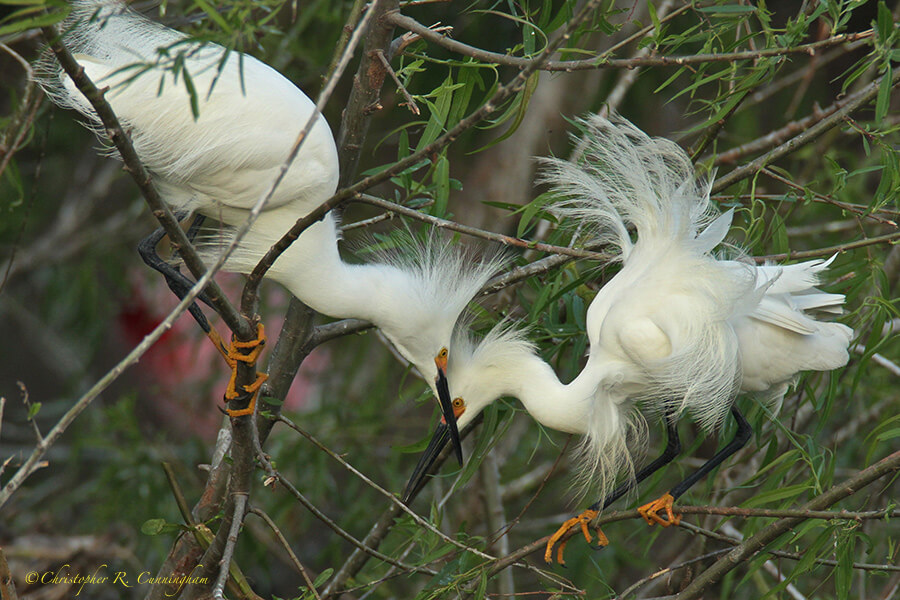
We are now entering a season of extravagance—extravagance of avian color, plumage, and behavior. Soon, displays, mating and nesting will be going on all along the Texas Gulf Coast. Early birds have already begun. Some waders are sporting nuptial (breeding) plumes, and lore and leg/foot colors are beginning to pop. Hormones are surging through bloodstreams. Many of the waders and other water birds are on edge: Common Moorhens are fighting it out amongst themselves for dominance, and Great Blue Herons are nesting deep in the marshes. A Great Horned Owl, too, is currently nesting in the woods west of 40-Acre Lake, Brazos Bend State Park.
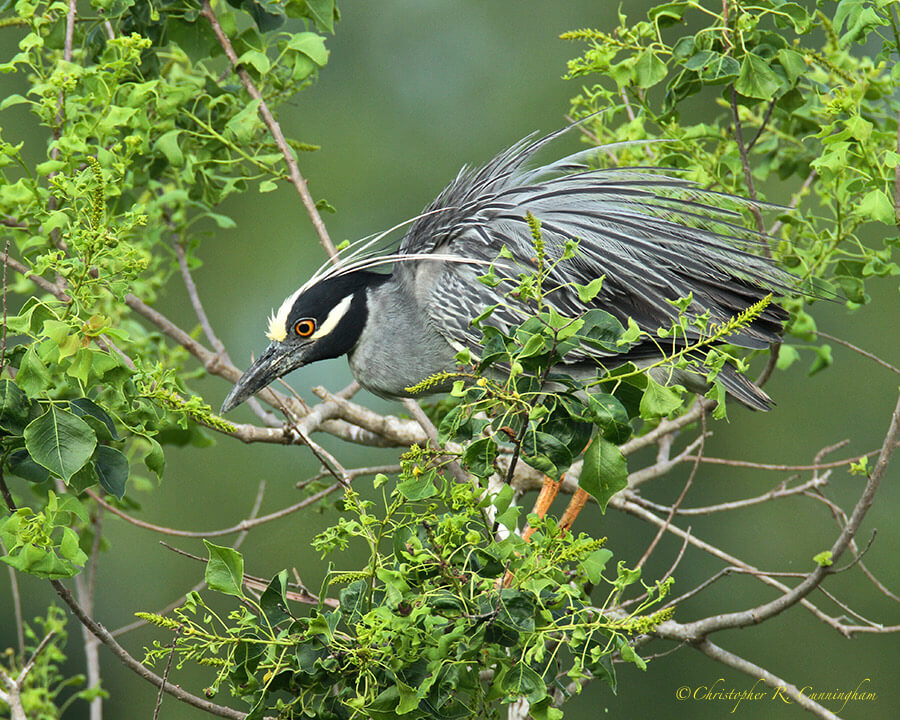
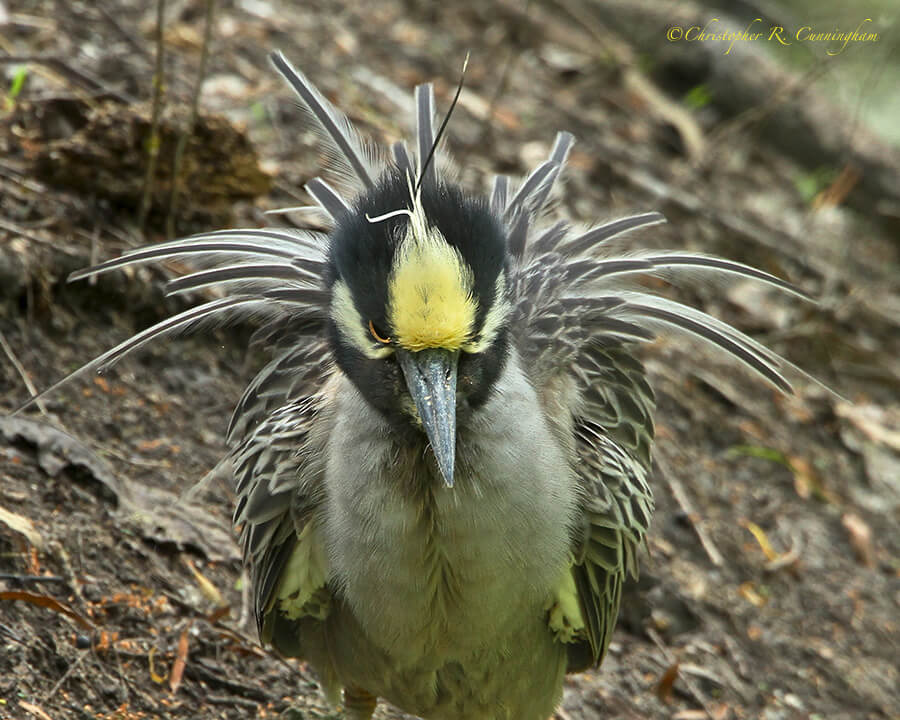
Soon, an exciting time of the year for birding will become the most exciting time. Neotropical migrant songbirds will be showing up in droves along the coast. For now, as far as migrants are concerned, we’ll have to settle for American Bitterns. Recently American Bitterns have been extremely active at Brazos Bend State Park (especially Pilant Lake). They have been hunting, calling, and engaged in threat displays among themselves and in the face of humans. American Bitterns do not often breed in Texas, and are sometimes described as “winter visitors” to Texas. Brazos Bend Bitterns are most likely on their way to their breeding grounds in the northern U.S. or Canada.
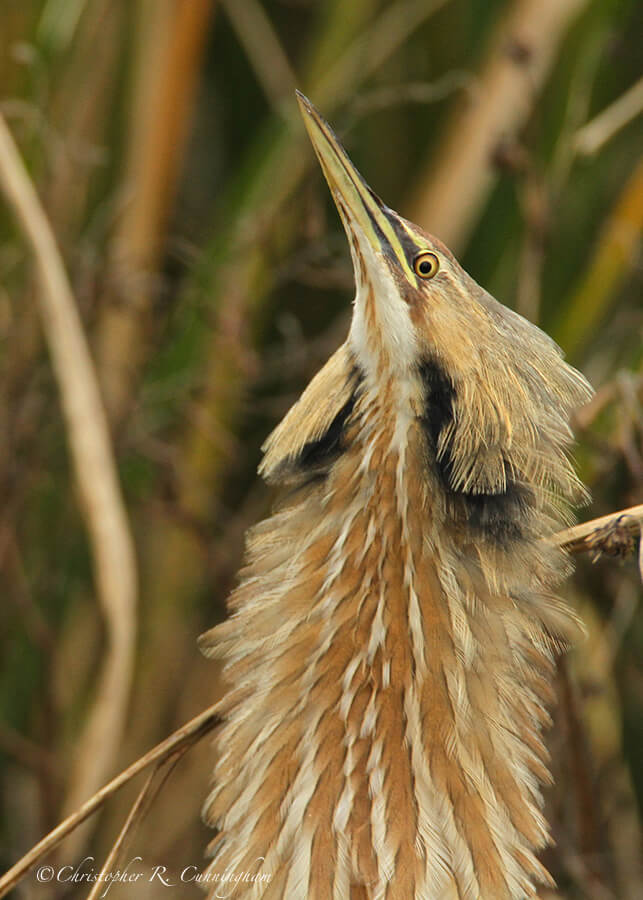
Although the weather continues to look pretty bad for adventures in the out-of-doors, anticipation of the spring excitement ahead keeps me looking up (and down and sideways)! And then it’s summer and the mountains!
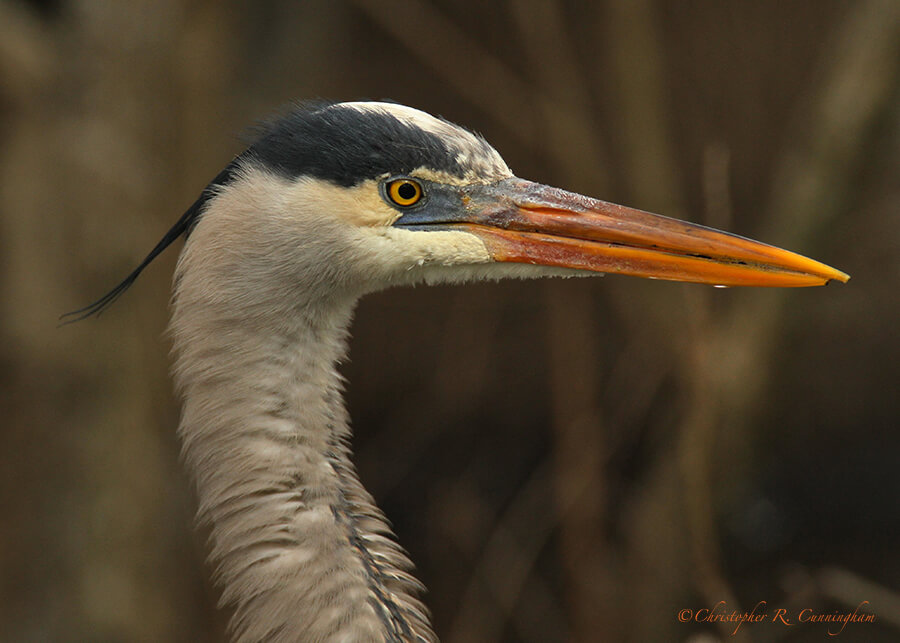
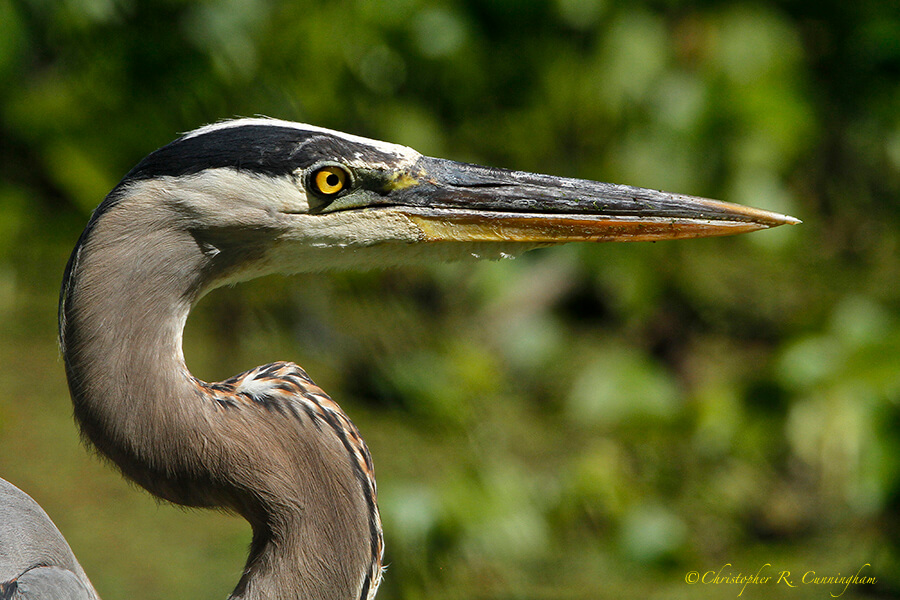
Where there is no extravagance there is no love, and where there is no love there is no understanding.—Oscar Wilde
©2015 Christopher R. Cunningham. All rights reserved. No text or images may be duplicated or distributed without permission.